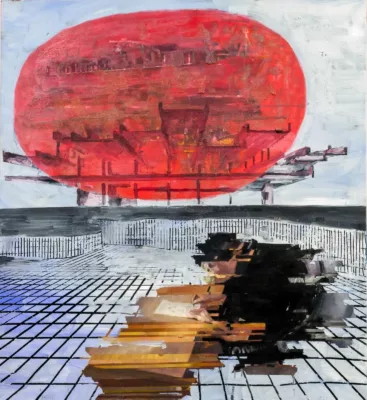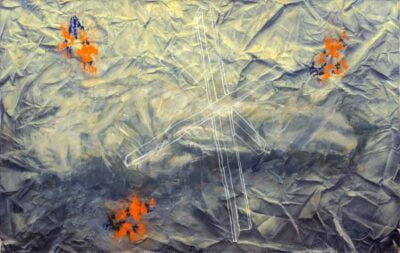
Oil on canvas
120 x 110 cm

Oil on canvas
120 110 cm

Oil on canvas
120 110 cm

Oil on canvas
120 110 cm

Mixed media on canvas
120 110 cm

Oil on canvas
120 x 110 cm

Mixed media on canvas
190 x 620 cm

Oil on canvas
120 x 190cm

Oil canvas
120 x 190 cm

Oil on canvas
120 x 190 cm

Oil on canvas
120 x 190 cm

Oil on canvas
200 x 300 cm

Oil on canvas
200 x 300cm

Oil on canvas
120 x 190 cm

Oil on canvas
120 x 190 cm

Oil on canvas
120 x 190 cm

Oil on canvas
Diptych
Each panel: 190 x 140 cm

Acrylics on canvas
85 x 137 cm

Acrylic on canvas
87 x 137 cm

Acrylic on canvas
87 x 137 cm